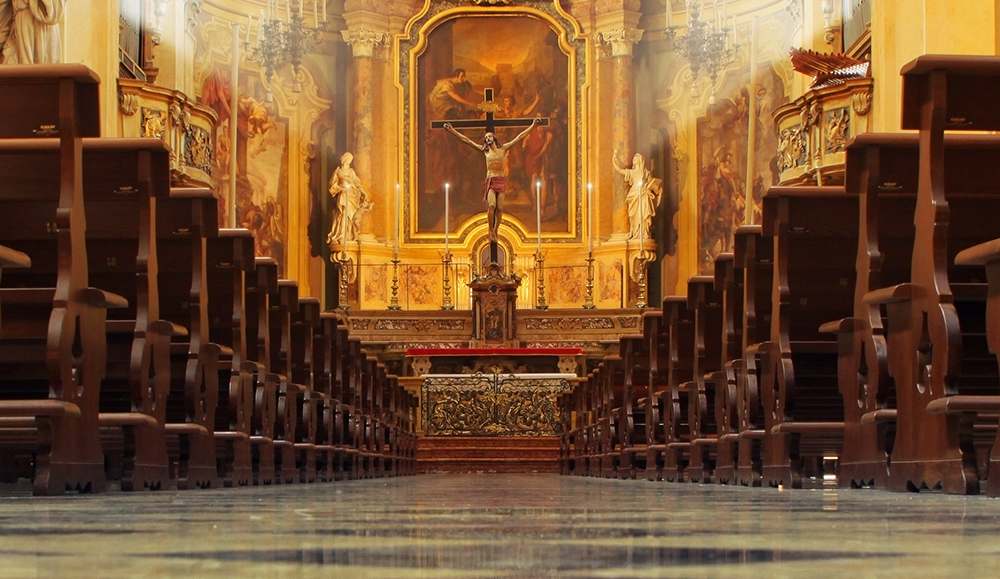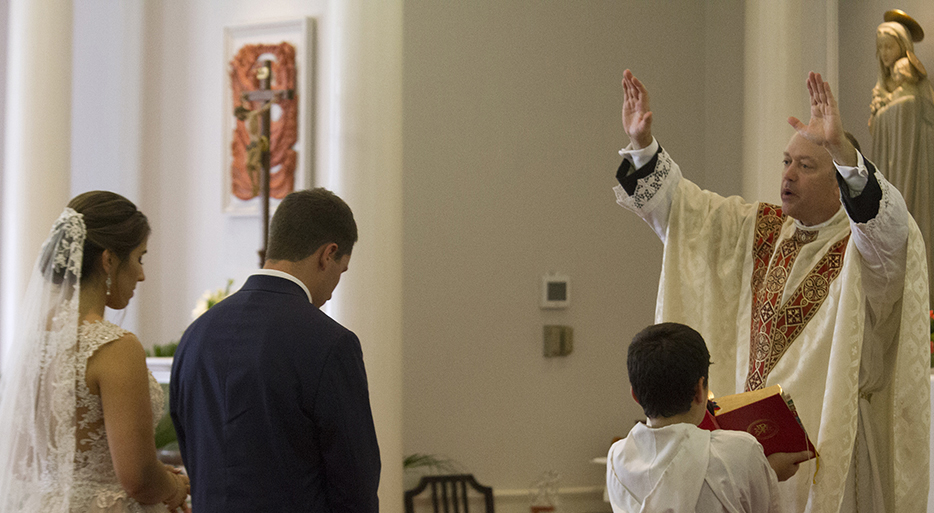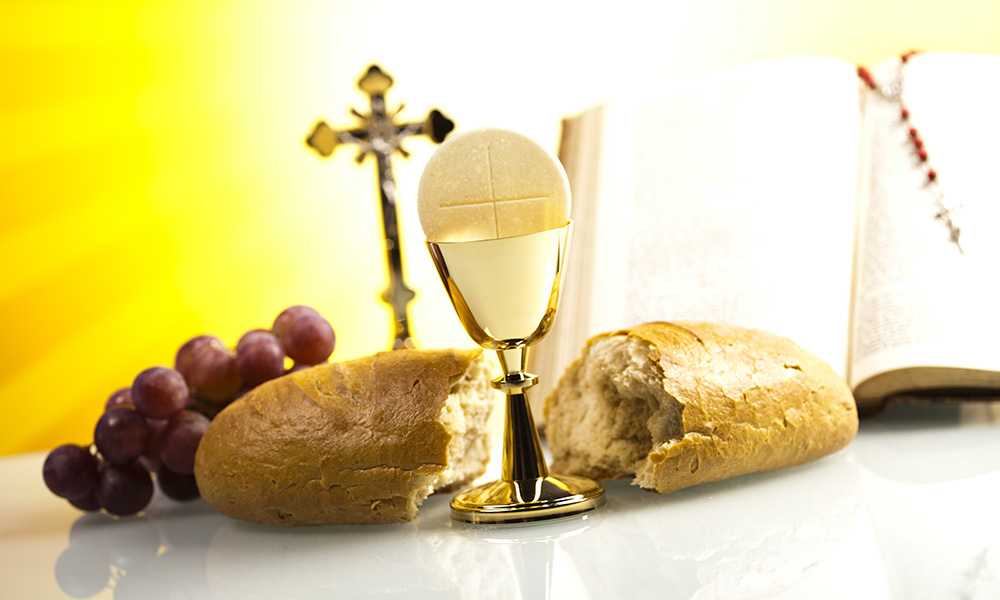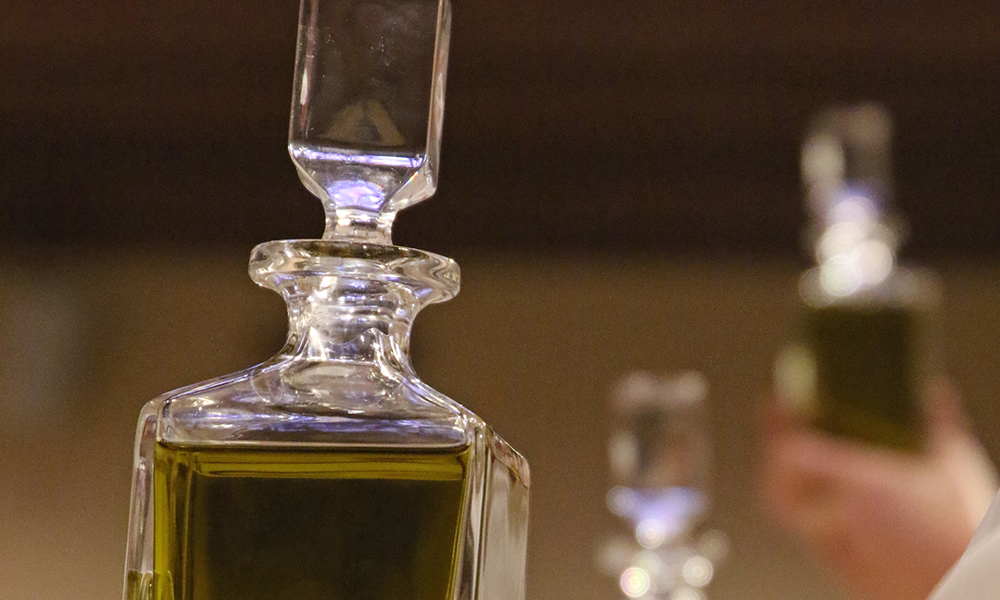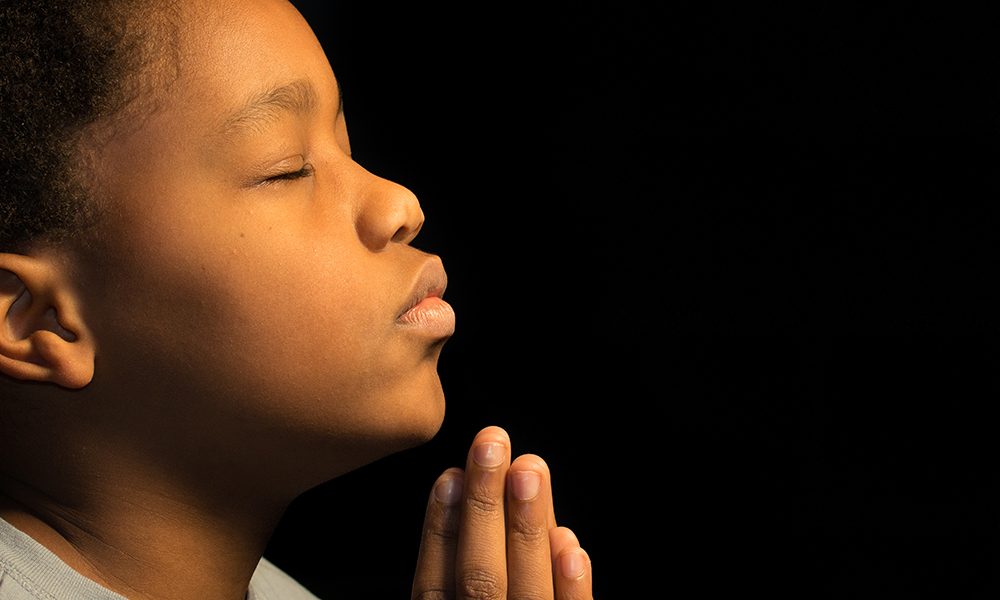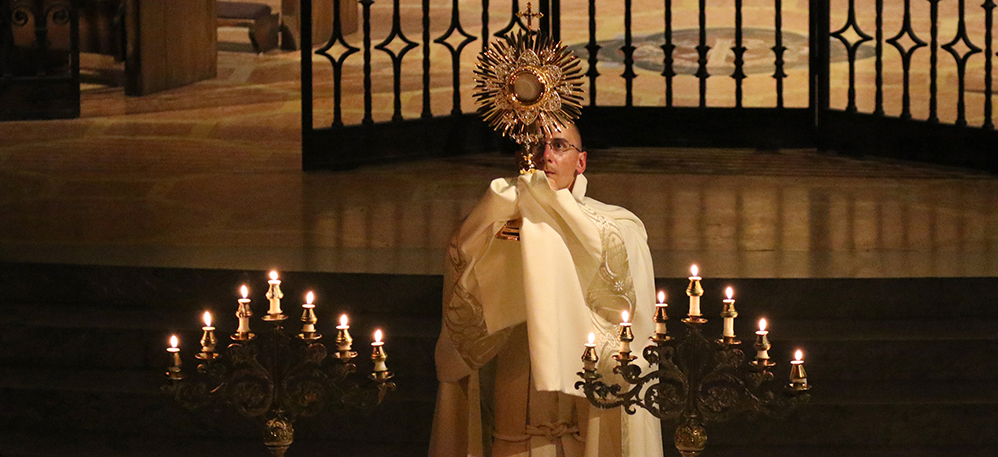Both the Catechism of the Catholic Church and the 1983 Code of Canon Law, as well as the constant Tradition of the Church, affirm that the Eucharist is the “source and summit of the Christian life” and “all the works of the apostolate are bound up with the Eucharist and are oriented toward it.” Accordingly, Church regulations pertaining to the holy Eucharist call us to hold the Blessed Sacrament in the highest honor and give it the greatest care. A review of the documents regulating the tabernacle renders the following:
Code of Canon Law (1983): “The tabernacle in which the blessed Eucharist is reserved should be sited in a distinguished place in the church or oratory, a place which is conspicuous, suitably adorned and conducive to prayer.
“The tabernacle in which the blessed Eucharist is habitually reserved is to be immovable, made of solid and non-transparent material, and so locked as to give the greatest security against any danger of profanation. . . .
“The person in charge of a church or oratory is to see to it that the key of the tabernacle in which the blessed Eucharist is reserved is in maximum safekeeping” (Canon 938).
The General Instruction of the Roman Missal: “In accordance with the structure of each church and legitimate local customs, the Most Blessed Sacrament should be reserved in a tabernacle in a part of the church that is truly noble, prominent, conspicuous, worthily decorated, and suitable for prayer.
“The tabernacle should usually be the only one, be irremovable, be made of solid and inviolable material that is not transparent, and be locked in such a way that the danger of profanation is prevented to the greatest extent possible. Moreover, it is appropriate that before it is put into liturgical use, the tabernacle be blessed according to the rite described in the Roman Ritual.
“It is more appropriate as a sign that on an altar on which Mass is celebrated there not be a tabernacle in which the Most Holy Eucharist is reserved. Consequently, it is preferable that the tabernacle be located, according to the judgment of the Diocesan Bishop:
“a) either in the sanctuary, apart from the altar of celebration, in an appropriate form and place, not excluding its being positioned on an old altar no longer used for celebration (cf. No. 303);
“b) or even in some chapel suitable for the private adoration and prayer of the faithful and organically connected to the church and readily noticeable by the Christian faithful” (Nos. 314-315).
Redemptionis Sacramentum (instruction from the Vatican in 2004): “The Most Holy Sacrament is to be reserved in a tabernacle in a part of the church that is noble, prominent, readily visible, and adorned in a dignified manner and furthermore ‘suitable for prayer’ by reason of the quietness of the location, the space available in front of the tabernacle, and also the supply of benches or seats and kneelers. In addition, diligent attention should be paid to all the prescriptions of the liturgical books and to the norm of law, especially as regards the avoidance of the danger of profanation” (No. 130).
In summary, as stated above, there are three recurring themes regarding the reservation of the Blessed Sacrament in the tabernacle: visibility, security and beauty. These are the challenges — and opportunities — that both architect and liturgist must face in the design of any sacred space for Catholic liturgy.
Rev. Francis Hoffman, J.C.D., is Executive Director of Relevant Radio. Follow him on his Facebook page “Father Rocky.”

